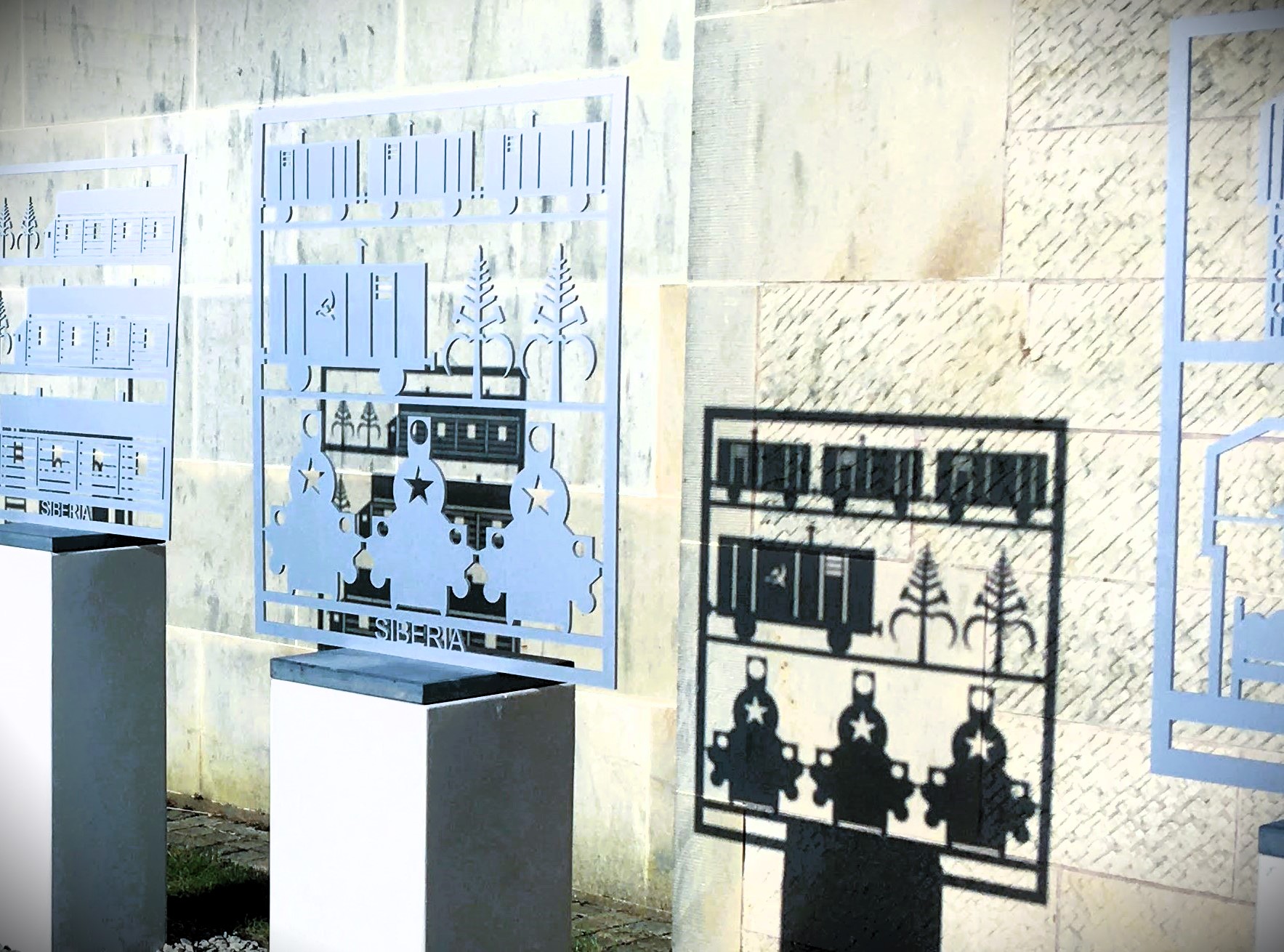The stories we tell shape the world around us. How narratives throughout time have shaped war and conflict are central ideas of Visualising War and Peace research projects by Dr Alice König of the School of Classics. Founded in 2018, based on König’s research on ancient military treatises and intertextuality, its early work focused on the continuity and legacy of ancient war narratives, from technical writing to storytelling in epic and drama. From there, König began to explore contemporary habits of thinking about war and peace, as well as a more holistic perspective that included war’s aftermath, marginalised voices in times of conflict, and peace. Since then, Visualising War and Peace has developed a range of educational experiences for specialised training, university students, and schoolchildren; a globally acclaimed podcast; and powerful visual art exhibitions. This post explores Visualising War and Peace’s initiatives in education and the visual arts that highlight the power of representation and storytelling in war and peace around the world.
Education and outreach
In the vein of bridging war narratives and reality, König delivers training about the impact of storytelling on military operations, past present and future. Drawing on her publications on war and cross-cultural interactions, these trainings emphasise the importance of unpacking history and cultural awareness. They also advise on future communication practices, given the impact which the narratives we share can potentially have.
These sessions highlight the significance of storytelling around peace as well as storytelling around war: a dynamic that is significantly underrepresented in war studies in general. This discrepancy in representation led König to establish the Visualising Peace Vertically Integrated Project (VIP) in 2022, in which undergraduate and postgraduate students examine how representations and visualisations of peace shape our mindsets and behaviours. VIP students have produced peace education resources for schoolchildren, a Visualising Peace library, and the Virtual Museum of Peace: a digital museum showcasing a variety of ways that peace is represented around the world.
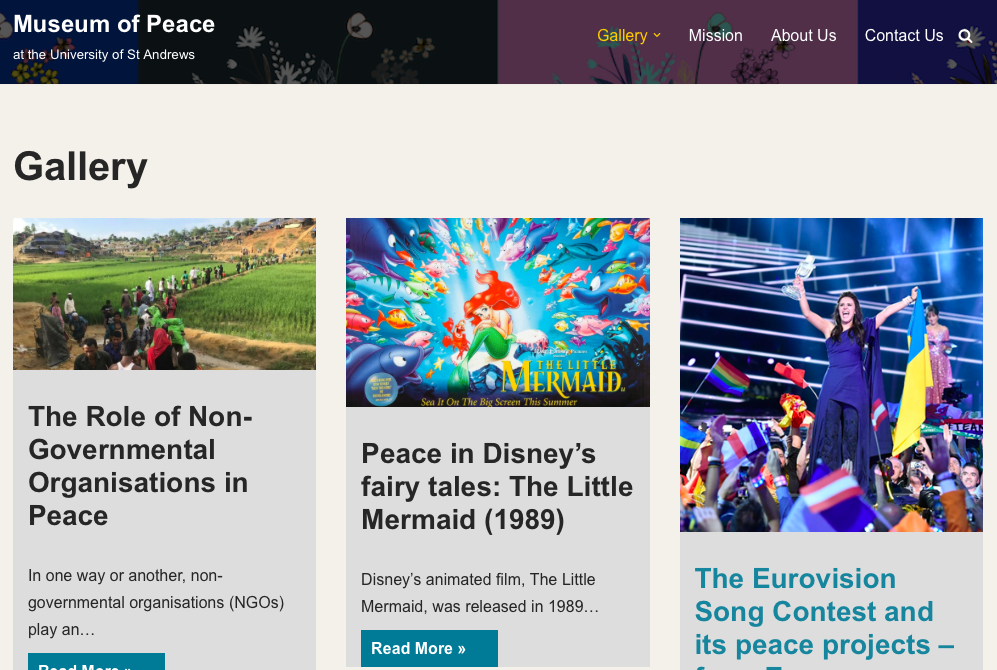
Another group that König and Visualising War and Peace works with is children, through its ‘Children’s voices on war and peace’ project, which studies the forces that shape young people’s habits of thinking about war and peace. This project is in collaboration with the NGO Never Such Innocence, which aims to give young people a voice on conflict. König and Never Such Innocence have run several impactful workshops and events with young people locally and internationally: one being an online seminar in June of 2022, in which children and young people from around the world shared their perspectives and representations of the war in Ukraine with a panel of academics, defense experts, and politicians listening and responding. This seminar was able to involve children and young people in research as active agents, speaking for themselves rather than being spoken for – a major aim of the project.
Finally, Visualising War and Peace reaches its largest audience through the Visualising War podcast. On the podcast, König and colleagues host conversations with a wide range of guests to discuss war and peace in the context of migration, justice, online gaming, textiles, and a vast variety of other topics. Currently ranked by ‘Listen Notes’ as being in the top 5% of podcasts globally, the Visualising War podcast has garnered 25,000 downloads in over 85 countries, and even citations in academic works – inspiring thousands of people to think about war and peace in more diverse and holistic ways.
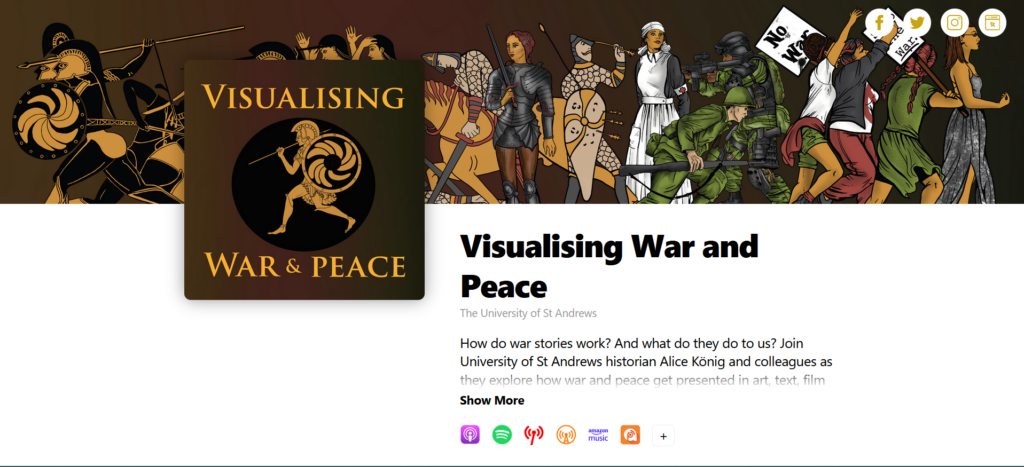
Visual arts
Recently, Visualising War and Peace has also expanded through the visual arts. Co-commissioned by Visualising War and the Imperial War Museum, ‘Somewhere to Stay,’ an art installation by artist Diana Forster, which has been hosted at Kirkcaldy Galleries, the Wardlaw Museum and Sikorski Memorial House in Glasgow. Through a series of metal panels inspired by the traditional Polish craft of paper cutting, Forster explores forced displacement as a legacy of war. The exhibition has reached a wide range of audiences: König has run workshops with schoolchildren based on the exhibition with Never Such Innocence, and local MPs have expressed the impact that the language of ‘forced displacement’ rather than ‘illegal immigration’ has had on their understanding of conflict. ‘Somewhere to Stay’ will continue to tell its story to wide audiences as it travels to Ayreshire and Falkirk throughout 2024 and 2025.
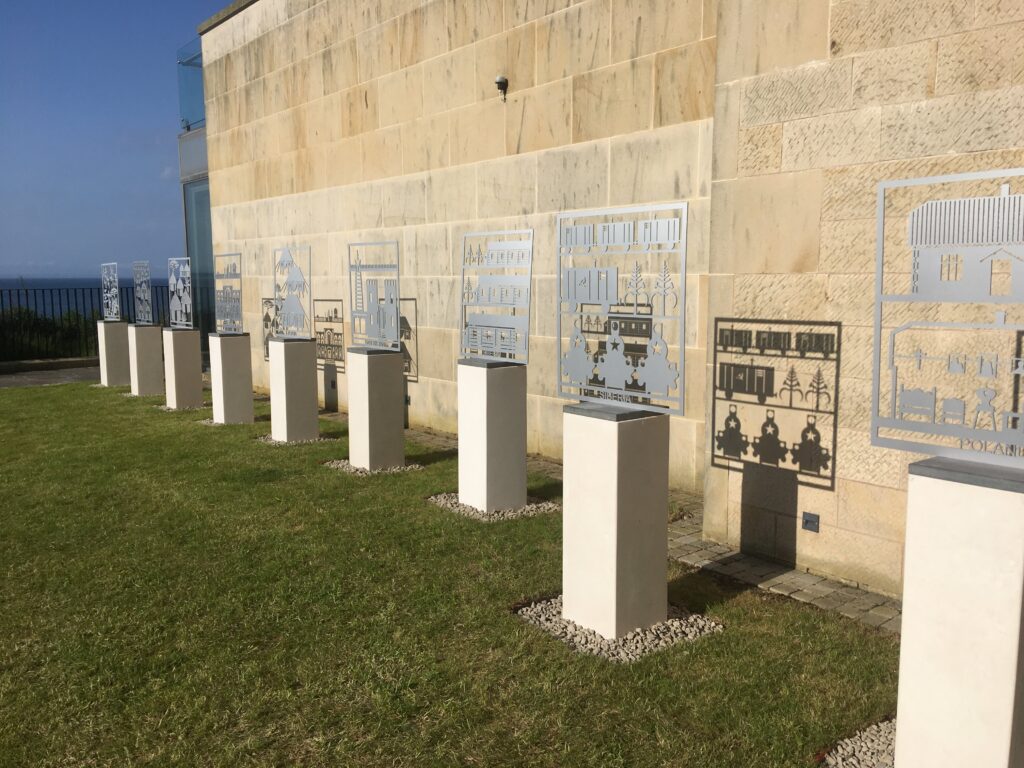
As well as the effects of war, the project has also explored dynamics of peace through the visual arts. ‘Picturing Peace in Congo’ by photographer Hugh Kinsella Cunningham was exhibited at the Byre Theatre in 2023, showcasing Cunningham’s depictions of the women’s peace movement in the Democratic Republic of Congo. As well as shining a light on a lesser-known conflict, it highlights through a range of diverse photographs that the process of peace (in contrast to war) is slow and subtle – inspiring viewers to think about how visualising peace can influence peace-building in the world. Never Such Innocence has also run workshops with schoolchildren based on Cunningham’s photographs, generating discussions and poetry that can be viewed online here.
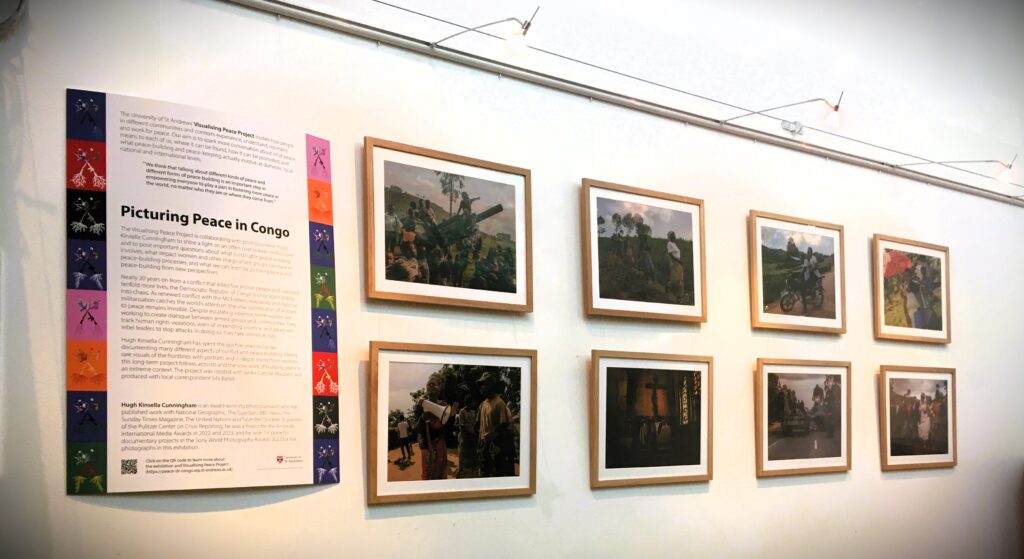
In all these initiatives, König and her collaborators in Visualising War and Peace aim to make people of all backgrounds – children, military members, museum visitors – aware of their role as narrators in the world. Visualising War and Peace highlights the power of storytelling in shaping the world around us. It is this feedback loop between narrative and reality that underlies the Visualising War and Peace project, and that will continue to inspire new projects of peace-building and understanding.

